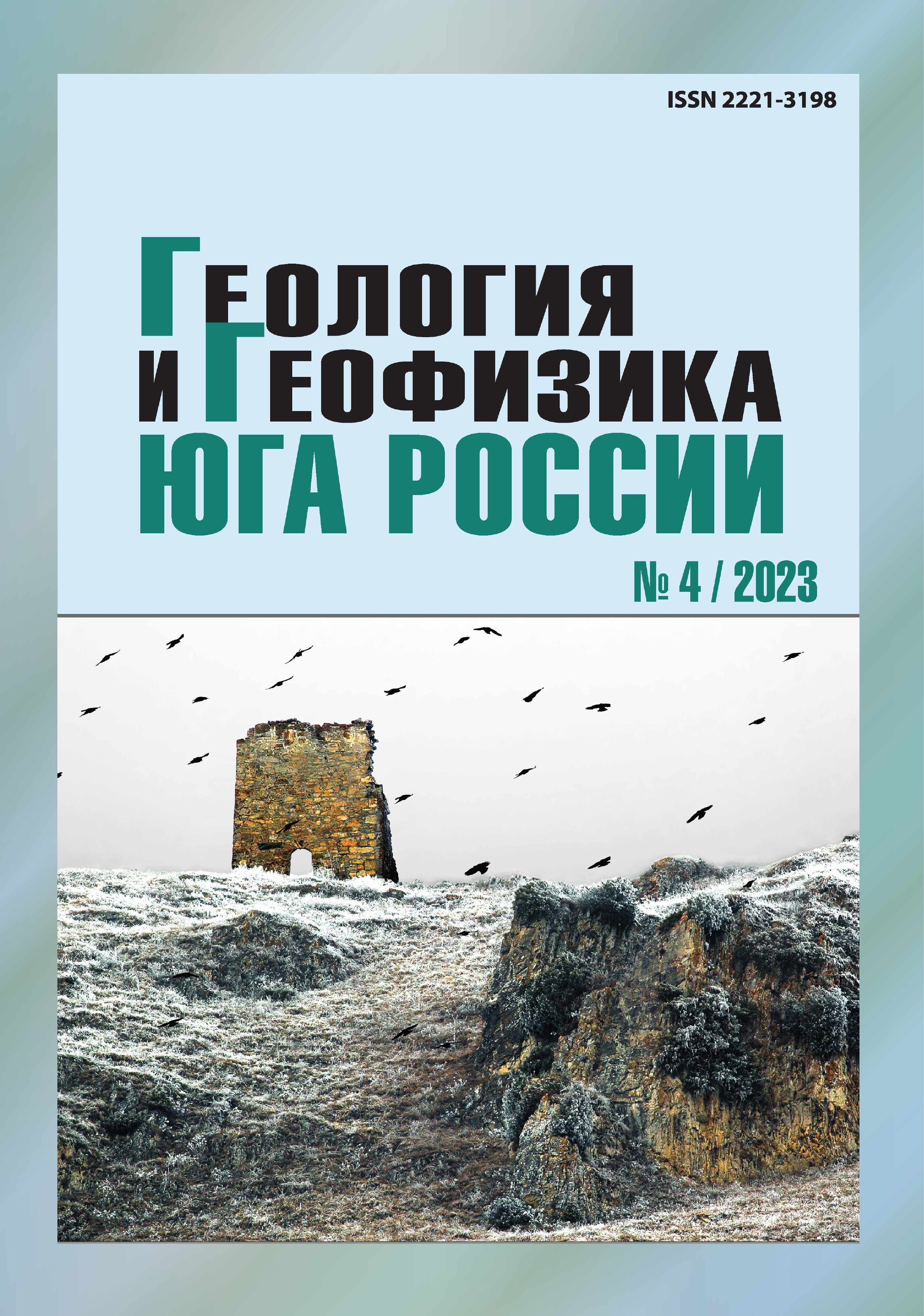Modeling approach for retrieving vertical greenhouse gas fluxes over non-uniform areas
Abstract
Relevance of the work. The main methods currently used to measure greenhouse gas fluxes in the field, such as the chamber method and the eddy covariance method, have a number of methodological limitations. This makes it difficult to apply these methods widely in terrain with inhomogeneous underlying surface, especially in mountainous regions. Therefore, the task of developing a new working methodology for estimating greenhouse gas fluxes applicable over surfaces with complex topography and inhomogeneous vegetation based on remote sensing methods and mathematical modeling is very urgent. The aim of the paper is to formulate a methodology for retrieving greenhouse gas fluxes based on the data of greenhouse gas concentration measurements at two levels above the surface and the application of a three-dimensional hydrodynamic model of turbulent greenhouse gas transport. aim of the paper also includes the study of the representativeness of the proposed methodology. Research Methods. Using a previously developed hydrodynamic model modified to account for the effect of topography, the turbulent exchange coefficient for greenhouse gases (GHG) and the wind speed field are estimated. With measured GHG concentration fields at two levels above the surface (e.g., using a UAV) and model data for the turbulence coefficient and wind speed, the GHG flux is estimated using the rough formula proposed in the paper, which includes an approximation of the vertical turbulent and advective fluxes. The proposed formula can also be used as a first approximation for solving inverse problem of GHG flux retrieval, which is also given in the paper. Results. Based on a series of numerical experiments that were carried out for the forest area of the Carbon Experimental Site in Roshni-Chu (Chechen Republic) and the analytical evaluation proposed in the paper, the distribution of CO2 fluxes over the tree canopy was obtained. They compared with the theoretically expected distribution, and the optimal levels above the surface for measuring greenhouse gas concentrations were found.


